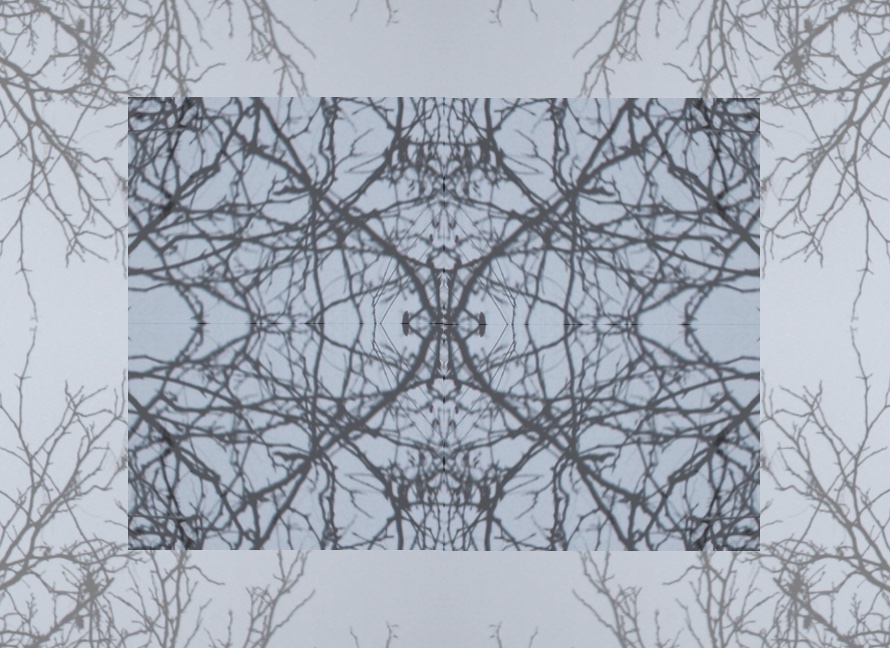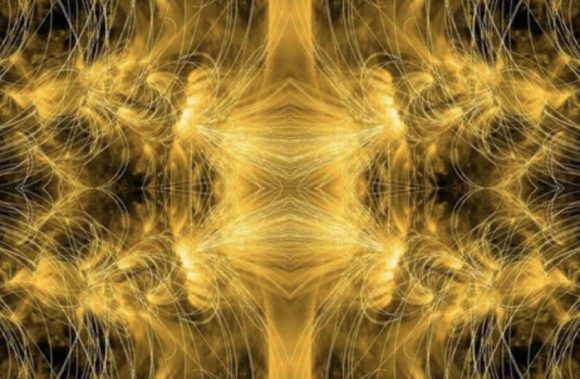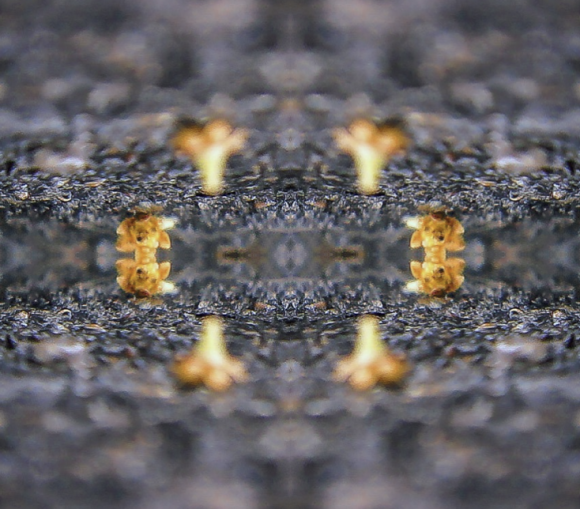[Note: This post has been superseded by an updated and more integrated article.]
I have asked whether a descent to the underworld would necessarily require a compensating return trip. The occidental tradition frequently sets it up this way (just think of Plato’s cave in the Politeia or Dante’s Inferno/Paradiso layout; although there is also at least one major mythical form, namely that of Orpheus, which presents the return trip it as desired, but failing). In contrast, the answers from within the Jungian tradition seem to be surprisingly varied.

1. We have already briefly looked at this in Hillman’s work. And there we’ll probably have to make a distinction: in the earlier books, Hillman seems to explore the idea that we might move deeper and deeper into the psychological (which is what the nekyia metaphorically expresses), and that this movement results in producing more soul, which has otherwise been in decline or retreat over recent centuries. In his later work, however, he seems to explicitly take it all back, and re-asserts the claims of the external world, especially the social and institutional forms, which he now sees as what actually embodies soul (reflected by an externalized anima mundi). To the degree the earlier work was original and fascinating (perhaps even inspiring), this must be appear as a failure of nerve, a disappointing fallback towards the default position.
But note that what is behind the later Hillman’s views is not so much the notion that there must necessarily be a return path, coming back from the descent. Rather, he seems less interested in the path towards the depth in the first place (having converted to the position that soul resides in social institutions and life patterns in the external world). There is no need for either leg of the journey. And thus the later Hillman’s position is really more an opt-out of the question as a whole.
The earlier Hillman, on the other hand, has much to say about the journey downwards, and rather little (as far as I can make out) about the converse move. If that converse, i.e. upwards move appears at all, it would be in the critical stance he takes towards attempts to utilize any voyage towards the depths for daytime concerns.
Consider this statement, at the very beginning of The Dream and the Underworld:
Freud […] called the dream a royal road, the via regia to the unconscious. But because this via regia, in most psychotherapy since his time, has become a straight one-way street of all morning traffic, moving out of the unconscious toward the ego’s city, I have chosen to face the other way. (DU 1)
What Hillman criticizes here is the default attitude (or assumption) of his time towards dreams: that their job is to give us some insight or direction helping us in our daily lives, with our practical concerns, relationship conflicts, career goals, and the like. And we can easily verify that this is still very widespread today, if not in professional analysis, then at least in popular self-help literature. Just grab a few books (or watch some Youtube videos) on lucid dreaming, dream yoga, shamanic dreaming or the like, and scan the introduction for their selling points: what does the author promise as a result of your reading and applying those practices? In most cases, it will be something like “harness the power of dreams / the unconscious to create more wealth / happiness / better relationships / … for you” — and this doesn’t mean “dream wealth” or “dream companionship”, of course: it means wealth or relationships in the day world. Dreams are there, according to the popular view, to assist us in our waking life.
Yet to say that he has “chosen to face the other way” might only mean that Hillman, for the purposes of his argument, takes the other direction — as a kind of counterbalancing move, so to speak. Emphasizing the movement towards depth, into the underworld experience, might have become necessary as counterweight, as a requirement of the times; but this doesn’t imply that the other direction thus becomes unnecessary. It’s just de-emphasized.
There are, however, several passages in The Dream and the Underworld which appear to push in the opposite direction (DU 40f., 42f., 48, 63; I’m also reading 68-74 to be in that vein). One image he repeatedly uses is that of a bridge (between the dayworld and the underworld), and he intends to break down, even “burn down” the bridges which lead (one-way) in the conventional direction (cf. DU 13, 195). The final section of the book, although it has some programmatic vagueness to it, also articulates an attitude that seems to imply that the move into psychological depth should waive all provisions for a return ticket. And the path towards soul is frequently made out to have no bottom, to go deeper ad infinitum (DU 25, 31) ending somewhere radically disconnected and inaccessible from the living world (DU 38, 48).
Thus I think we can, with some justification, read a position out of Hillman’s early work where he proposes that the notion a return leg from the journey into the underworld is not just de facto over-emphasized in the thinking of his time, but actually misconceived and wrong. (Given, to say it again, that the “return leg” is understood here in terms of harnessing dream contents to assist with day world concerns.)
2. There is one very important qualification to this critical stance, however, and Hillman never fails to bring up that qualification when he makes the critical point (e.g. at DU 13, 31). The qualification is that “waking life” is understood, in the default attitude which he criticizes, as practical, literal, natural (in the sense of “natural” where nature is disenchanted and devoid of soul). Only when “waking life” is taken that way the view that dreams must serve it becomes problematic.
Although at first glance this qualification looks as if it is meant to make the radicalism more palatable, I think that this is not Hillman’s primary motivation for making it. (When examined more closely, it is also doubtful whether it really does much to make his views look less radical.) Rather, what happens here is that Hillman tries to integrate the various strands that make up the fabric of his position. Having just developed the notion that dreams (and the underworld) must be understood on their own terms and not just as an instrument for practical purposes, he connects that with another of his central notions: namely, that the psychological must always be understood as irreducibly metaphorical. (Or, to put it in a different way: that once you narrow an understanding or motivation for action down to a single interpretation, insist on the primacy of the literal, etc., you have no longer one foot in the day world and one foot in the night world, but have entirely excluded the night world, myth, metaphor etc. from your inner life: you have effectively de-souled, de-animated, or de-psychologized it.)
The connection between these two notions is of course much more complicated than Hillman alludes to in those passages. The point of bringing the latter notion up here only serves the purpose of keeping it in mind, so to speak. In general, Hillman rarely spends many pages integrating his various ideas: mostly, he develops and fleshes out a single one, while sporadically bringing up one or the other from the rest. In this sense, he is a remarkably focused writer. But since he doesn’t give any explicit pointers, he leaves it to the reader to orientate themselves in the various lines of thought he lays out — to figure out which of his remarks is meant as a deepening of the notion currently under discussion, and which is a reminder of the pull from some other notion instead. (This stylistic remark, just as my thesis above with respect to his radicalism, applies more to the early writings than to the later ones.)



